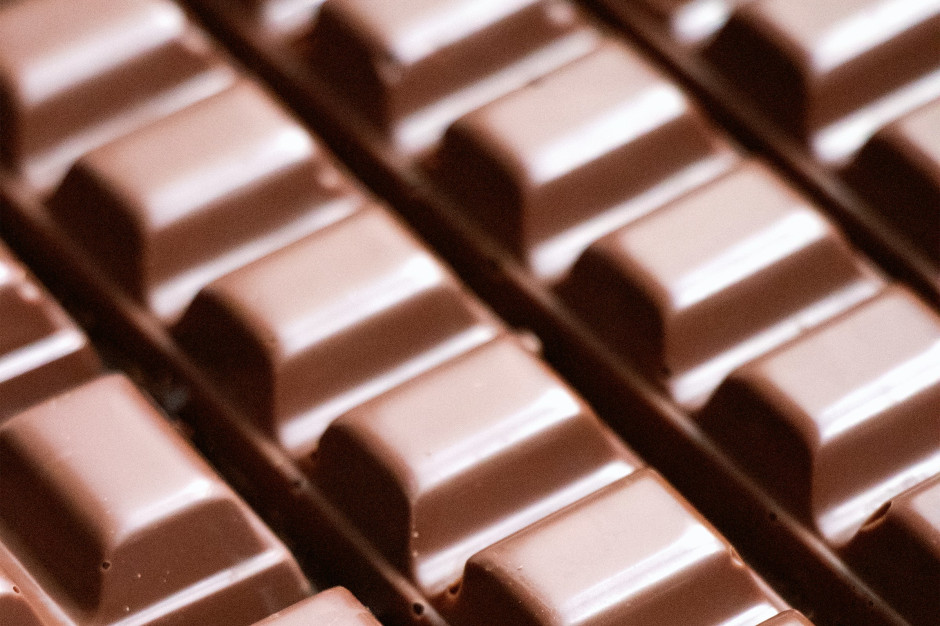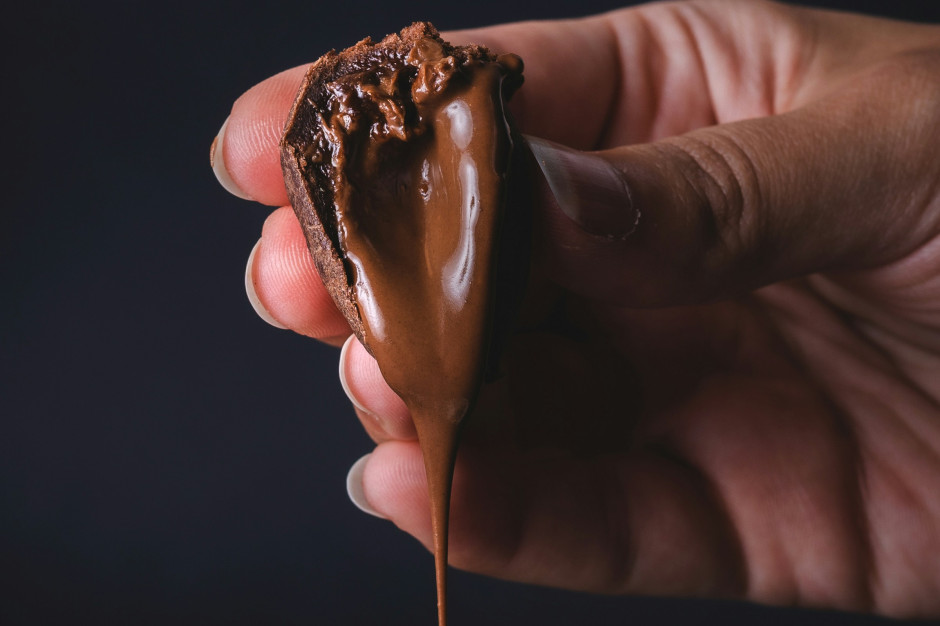Why Chocolate Is So Good? Scientists: "It's Not About the Cocoa"

Not all chocolate is created equal, and it's not about brand or price. Recent research published in Nature Microbiology reveals that its extraordinary flavor isn't born in a factory, but much earlier.
Not all chocolate is created equal, but what exactly makes this premium chocolate so addictive? Recent research published in Nature Microbiology has dispelled any doubts: the secret to flavor lies not only in the cocoa beans , but above all in... microscopic helpers , specifically in bacteria and fungi that carry out the fermentation process.
 Scientists have discovered the secret of chocolate's taste - a milk chocolate bar. License: Tetiana Bykovets / Unsplash
Scientists have discovered the secret of chocolate's taste - a milk chocolate bar. License: Tetiana Bykovets / UnsplashTo understand why premium chocolate delights with such multifaceted flavor, we need to go back to the very beginning of its production. After harvesting the cocoa beans, farmers extract the seeds and pulp, then leave them to ferment in wooden crates covered with banana leaves. That's when nature takes matters into its own hands. Microbes step in.
Researchers from the University of Nottingham , the University of the West Indies, and the University of the Andes in Colombia have proven that there are nine key microbes — five species of bacteria and four species of fungi —that give cocoa its extraordinary depth of flavor. Without them, the beans would taste… like an average plant.
Why does premium chocolate taste different from regular chocolate?The fundamental difference lies in controlled fermentation . In mass production, the process occurs spontaneously . Research shows that the microbiome depends on location, climate, and even how long the farmer covers the beans with leaves . In the case of premium chocolate, nature provides richer notes: berry, floral, tropical, and even vinous.
 Food photography - cake with chocolate sauce License: Eiliv Aceton / Unsplash
Food photography - cake with chocolate sauce License: Eiliv Aceton / UnsplashThat's why chocolate from Trinidad can smell like dry wine , while that from Venezuela can surprise with a nutty aroma . Scientists who have recreated fermentation in the lab have proven that with the right combination of microbes, you can almost "design" the flavor of chocolate .
"We were able to change the flavors to resemble different regions simply by changing the microbes," says David Gopaulchan, an international research fellow at the University of Nottingham in England and lead author of the new study, as quoted by Nature.com.
Importantly, researchers emphasize that understanding which microbes naturally occur on a plantation is all that's needed to create chocolate's unique flavor. For example, certain beneficial fungi live on the surface of cocoa pods. Simply adding a piece of peel to the container will enhance the beans' flavor.
Luxury chocolate of the futureScientists' discoveries could revolutionize the chocolate market . Understanding the fermentation microbiome will allow farmers to improve the quality of their beans , and consequently, their market value. For consumers, this means an even greater variety of flavors: from chocolates with floral aromas to bars with hints of wine or berries.
well.pl





